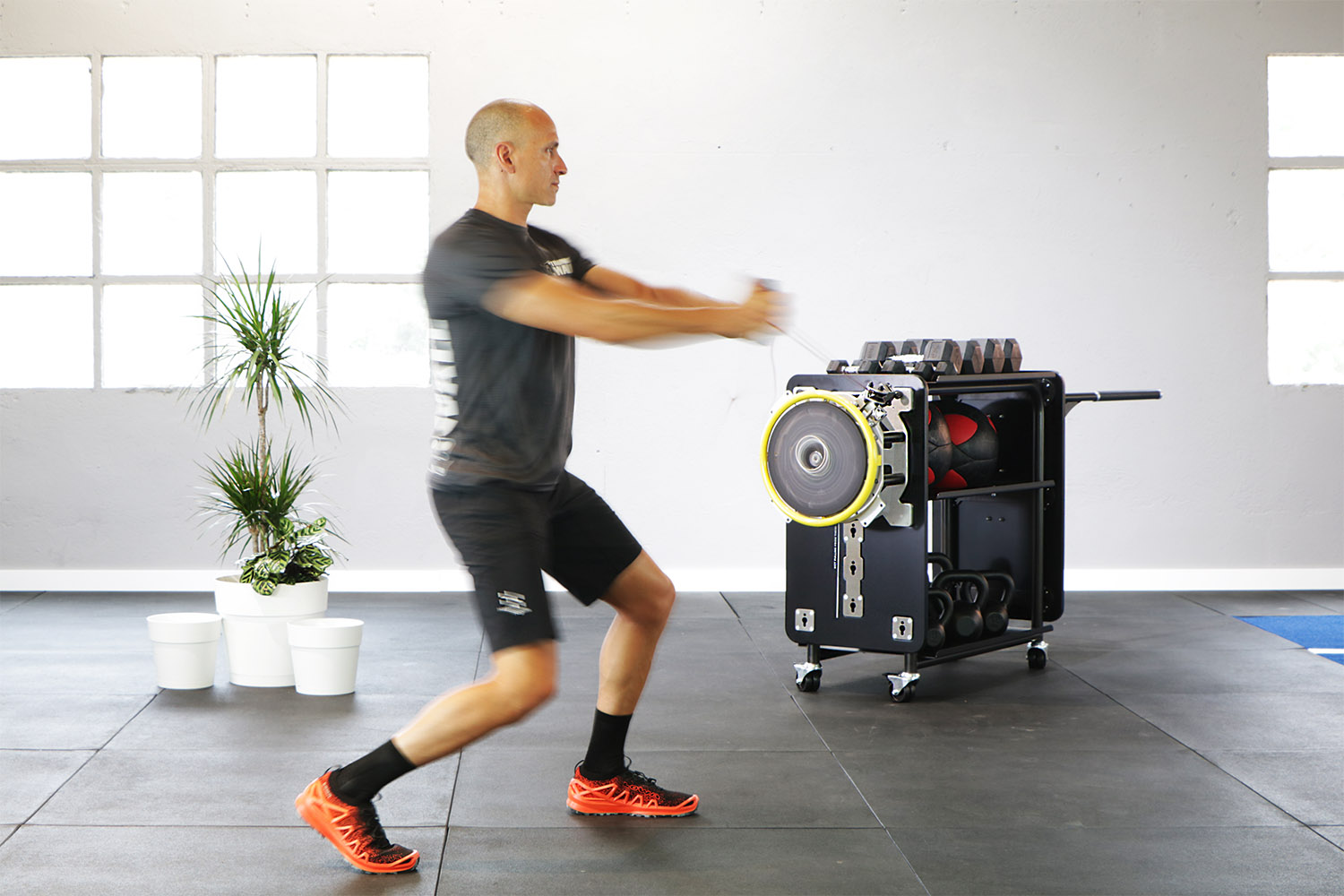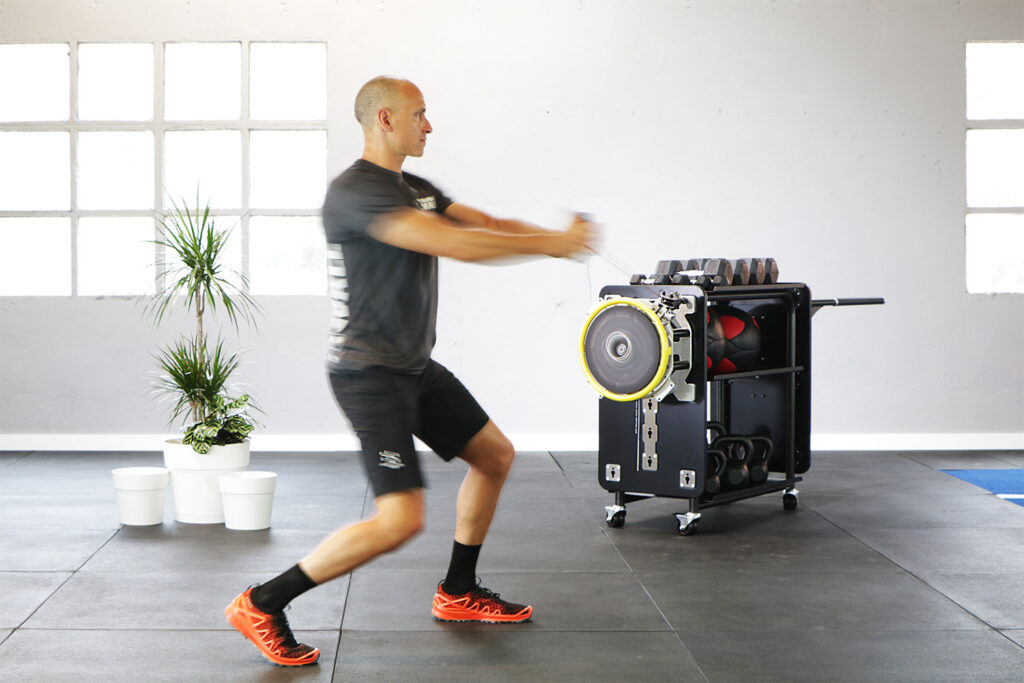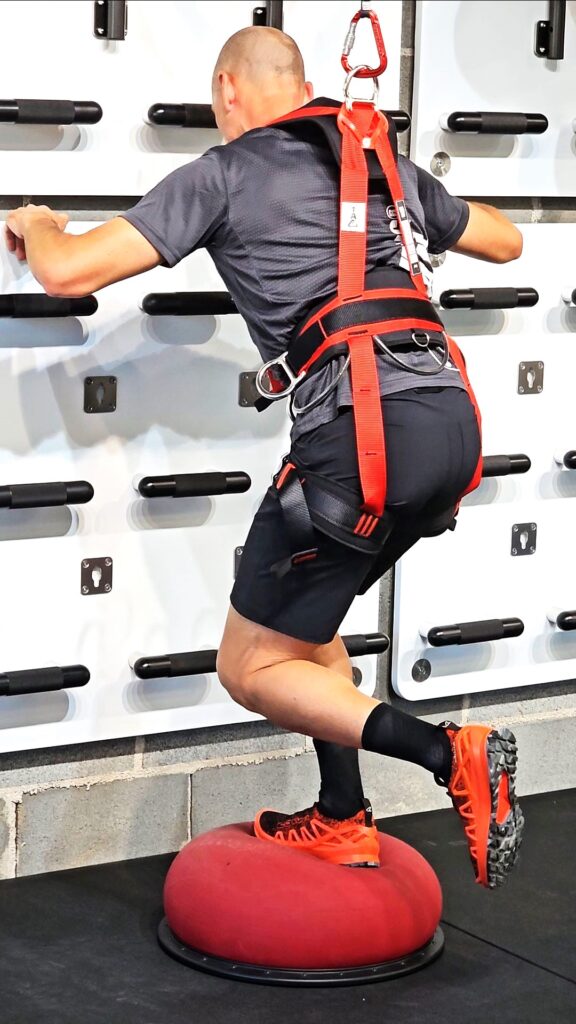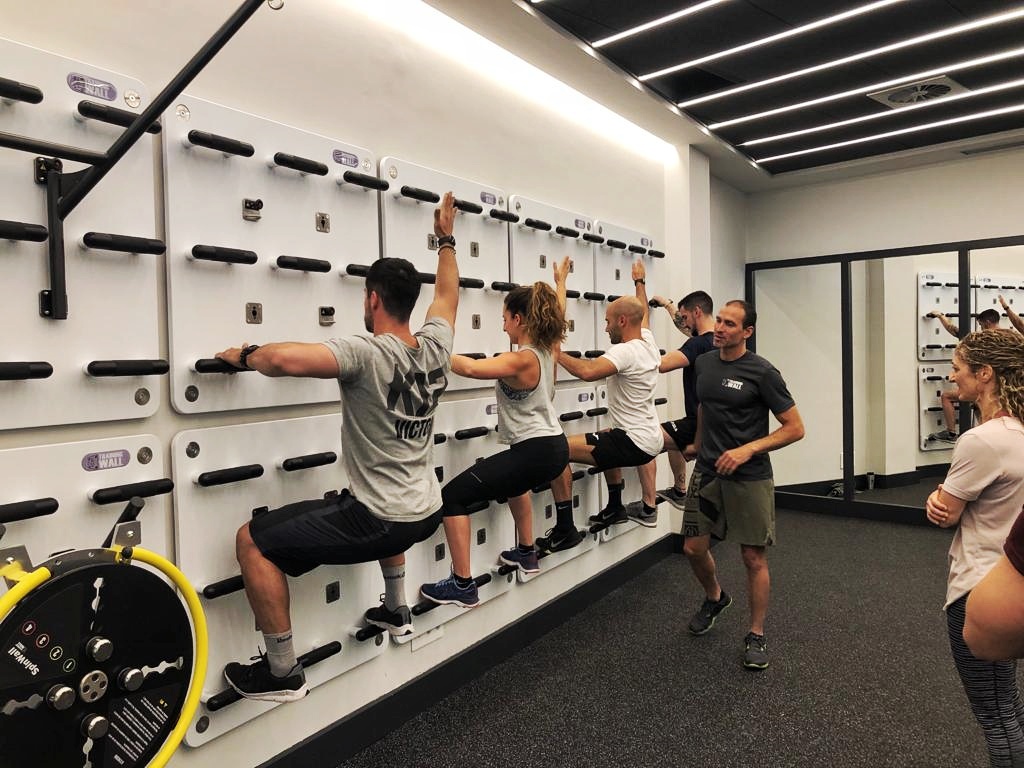
15 Oct The use of the Training Wall system in physiotherapy: a versatile tool for comprehensive rehabilitation
Physiotherapy has evolved significantly in recent years, becoming much more active and holistic. The treatment of injuries and ailments now focuses on the overall functionality of the patient, seeking a recovery that involves active participation and movement. In this context, innovative tools such as the Training Wall are gaining prominence in physiotherapy clinics worldwide. This system allows treatments to be adapted to the specific needs of each patient, from those in the early stages of rehabilitation to high-performance athletes looking to enhance their physical capabilities.
Collaboration between physiotherapists and trainers
A fundamental aspect of this new era of physiotherapy is the growing collaboration between physiotherapists and personal trainers. This joint work offers a more comprehensive view of the rehabilitation process, where physiotherapists focus on the clinical aspect and trainers on physical performance. The Training Wall facilitates this coordination thanks to its modular design and its ability to incorporate a wide variety of tools that are suitable for both rehabilitation and functional training.
The great advantage of the Training Wall is its versatility, allowing for the incorporation of different devices to address multiple aspects of the recovery and conditioning process. Among the most notable tools is the SpinWall Compact, an inertial system that allows patients to work with variable resistances according to their effort. This device is available in several versions, making it suitable for both individuals needing gentle rehabilitation and athletes looking to develop strength and endurance.
In addition to the SpinWall Compact, other elements complement the training system, such as the Lever, which enables controlled strength exercises thanks to a lever mechanism. Another key device is the Pulley, a pulley system with a fourfold mechanical advantage, making it easier to work with lighter loads. This is ideal for patients who need controlled, precise movements without overloading their joints or injured muscles. The pulley is particularly useful in the early stages of rehabilitation or for individuals with severe physical limitations, as it offers gentle, progressive resistance.
Space efficiency and resource optimization
One of the most significant challenges for physiotherapy clinics is the optimization of available space. Equipping a clinic with various rehabilitation machines can take up a lot of room, which is often scarce in small or medium-sized facilities. The Training Wall solves this problem by offering a modular solution that allows a wide range of exercises to be performed using a single system, saving space without compromising treatment quality.
This space-saving feature is crucial to increasing the profitability of clinics, as it allows several physiotherapists to work simultaneously with different patients in the same area, optimizing resources and improving efficiency. Furthermore, the Training Wall opens the possibility of offering group therapies or even sports training programs, expanding the variety of services the clinic can offer. Group therapies, for example, are highly effective for patients with similar conditions, such as chronic back pain or postural rehabilitation, allowing several patients to benefit from the same program under the supervision of a physiotherapist.
Another advantage of the system is that, in addition to wall-mounted solutions like the Wall Units, the Training Wall also offers portable tools such as the TeamMate and the Storage Trolley. These mobile options allow the necessary equipment to be transported to different spaces within the clinic, further optimizing the use of available space and enabling professionals to carry out interventions in other locations, such as homes or gyms. This level of portability is ideal for clinics with space limitations or for those offering home physiotherapy services.

Adaptability to different stages of rehabilitation
Adaptability is another of the Training Wall’s strengths. Patients may be in different stages of recovery, and this system allows exercises and intensity to be adjusted according to each phase of the rehabilitation process. For example, the SpinWall Compact is ideal for the later stages of recovery, where strength and endurance need to be developed using inertial systems. On the other hand, tools like the Pulley and the Low Gravity are designed for earlier phases, allowing patients to perform movements without overloading the joints or with more delicate control over the applied resistance.
The Lever and the Pulley complement this offering, providing options for working on strength and motor control with progressive ranges of load and resistance. In particular, the Pulley, with its fourfold mechanical advantage, is very useful for patients requiring controlled, gentle movements, making it ideal for working on joint mobility or strength during more sensitive recovery phases.

Innovation and response to the growing demand for physiotherapists
In modern physiotherapy, professionals are constantly looking for new tools to provide more effective and comprehensive treatments. According to the Spanish General Council of Physiotherapists’ Colleges (CGCFE), there are currently more than 60,000 physiotherapists active in the country, a figure that continues to grow due to the increased demand for rehabilitation and injury prevention services. This growth drives the need to adopt innovative technologies that allow professionals to handle a larger number of clinical cases with greater efficiency and personalization.
The Training Wall perfectly responds to this demand. Its versatility, space-saving capacity, and variety of tools make it an ideal solution for clinics looking to optimize resources and expand their service offerings. Additionally, the ability to work with multiple patients simultaneously or offer group training sessions is an added value that enhances clinic efficiency and allows more people to be served without the need for significant investments in equipment or additional space.
Conclusion
The Training Wall has positioned itself as a key tool in modern physiotherapy. Its ability to adapt to the needs of each patient, from the early stages of rehabilitation to advanced sports training, makes it indispensable for clinics aiming to provide comprehensive treatment. Additionally, its versatility allows multiple physiotherapists to work simultaneously, optimizing space usage and increasing business profitability. Whether through wall-mounted tools like the SpinWall Compact, the Lever, or the Pulley, or with portable solutions like the TeamMate, the Training Wall offers a complete range of options that provide personalized, efficient, and effective rehabilitation.



